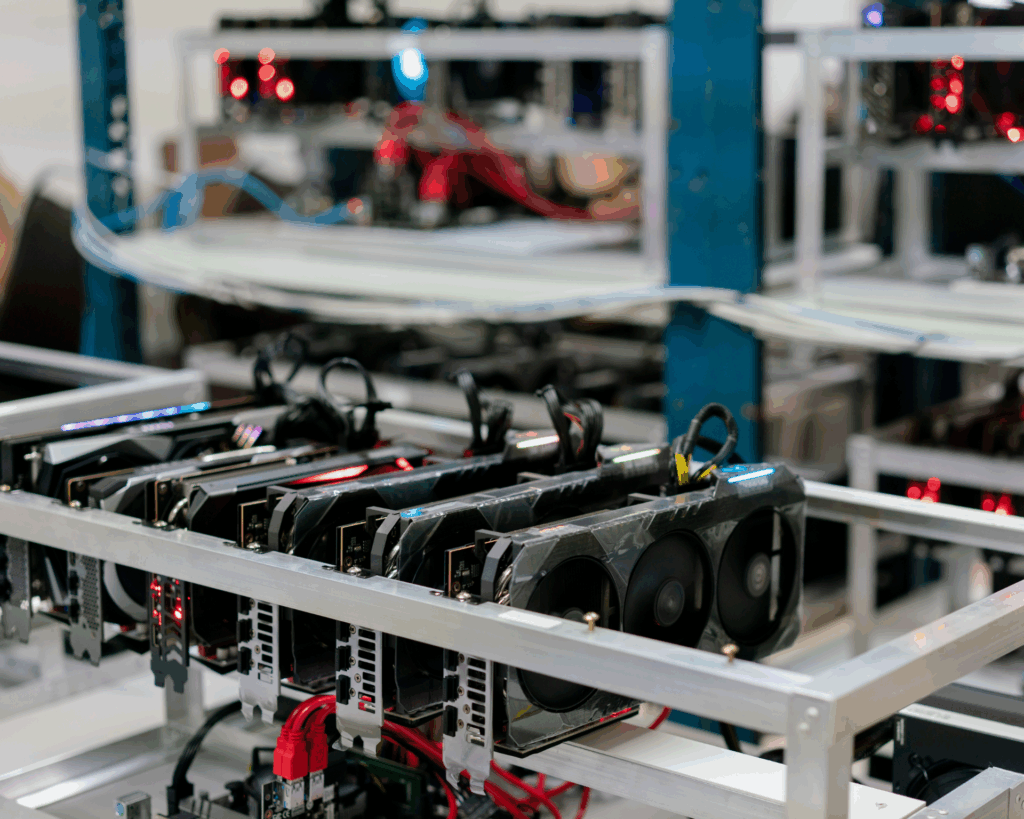Too Hot to Learn
Overheated classrooms negatively impact standardized test scores, and were worse for Black and Hispanic students than white students.

Read Time: 2 minutes
Published:
Across the country, kids are flocking, running, moping back to classrooms. Many children won’t have stepped foot in a physical classroom in over a year. As the school year starts across the US, research highlighting the impact of school environments on learning are increasingly relevant. There are more factors at play than the seating chart.
A recent study by Park and team quantified the relationship between outdoor air temperature and learning by comparing PSAT test scores to school day temperatures. They used data from the National School Board to compare consecutive test scores by the same student. They then compared the scores to the average school day temperatures in the year prior to the test attempt.
Students scored lower on the PSAT following a hotter school year. The impact of heat stress on test scores was 3 times larger for Black and Hispanic students than white students, and 2 times larger for the lowest income ZIP codes compared to the highest.
The researchers were particularly interested in school air conditioning. The map above quantifies the days when students reported their classrooms were too hot. Students living in northern states reported more days of overheated classrooms; these reports mirror areas where school counselors reported no school air conditioning. The study shows that air conditioning in schools offsets 80% of the impact heat has on learning.
To explain race and income differentials, the researchers suggest that schools that attended by low-income students may have lower AC quality. However, home AC environments and nighttime temperatures could also impact learning.
Covid-19 increased ventilation concerns in schools and have spurred state action on indoor school environments. However, no state has mandatory minimum and maximum temperatures for classrooms. Study author Dr. Joshua Goodman adds, “The past few years of excessive heat in most parts of the US have made it clear that schools need to invest more in temperature control, both for their students and their teachers. We should think of schools as we do most other modern workplaces, where temperatures are kept reasonable in order for workers to do their best work.”
Park, R. Jisung, Joshua Goodman, Michael Hurwitz, and Jonathan Smith. 2020. Heat and Learning. American Economic Journal: Economic Policy, 12 (2): 306-39.



